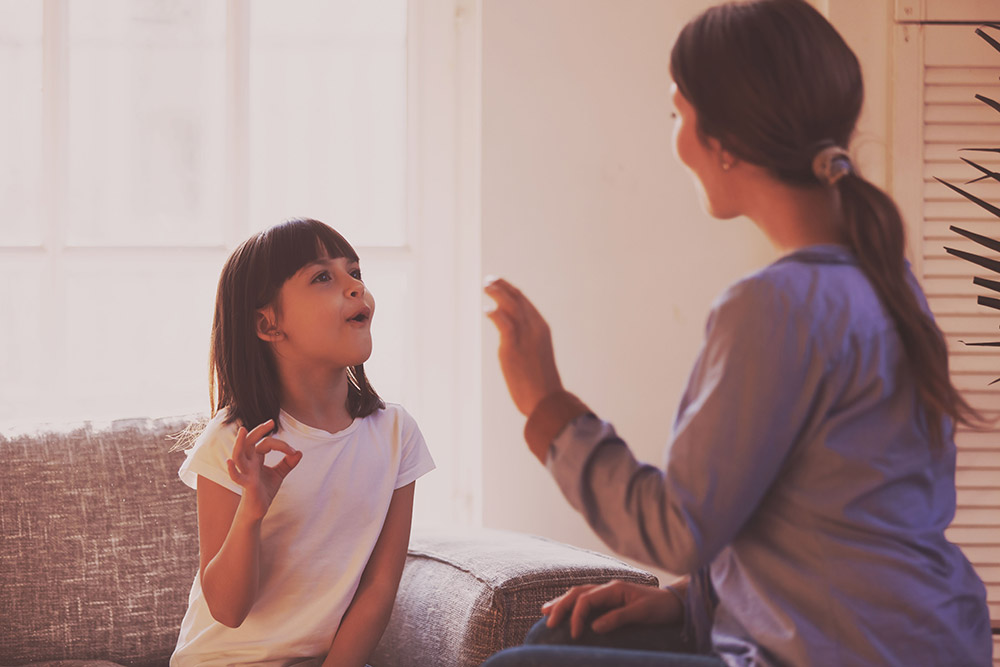Expression Skills & Techniques
Our speech pathology services
Is your child able to communicate their true meaning?
![]()
Having trouble expressing thoughts and ideas clearly is a sign of expressive language (or expression) difficulties. Your child might have trouble finding the right word, using non-specific language like ‘thingy’ or ‘stuff.’ Their written work might be brief or incomplete, with short, simple sentences below what’s expected at their age. Maybe they find it hard to formulate sentences or questions or to tell a story clearly.
A speech language pathologist can work with your child to try to pinpoint the gaps in their expressive language and tailor evidence-based strategies to your child’s needs.
Written expression
Signs your child is having trouble with written expression include:
- Only using short or simple sentences
- Using incorrect words, missing words, or putting words in the wrong order
- Incorrect grammar or missing word endings, e.g. plurals or -ing, -ed
- Reduced vocabulary or non-specific language
- Trouble sequencing information in a story or information report.

Verbal expression
If your young child is using gestures more than words to communicate, this can be a sign of expressive language difficulties. Other signs include using short sentences, difficulties using the correct grammar or struggling to use the correct word for an action or an object.
For primary school-aged children they may have difficulty explaining word meanings, building longer sentences and using correct grammar, or they may struggle to think of the specific word to use instead overusing non-specific words like “thingy”, “that”, “stuff”. Putting longer chunks of language together, like is needed to tell news or to create a story can be hard.
Children with expressive language difficulties may also get frustrated because they can’t clearly explain what they mean or get their message across.

Therapy for expressive language difficulties
Following your child’s assessment, our therapist will tailor a plan to best meet your needs. This can include partnering with your child’s teacher as well as developing strategies to use at home to boost your child’s language skills and reinforce what they are learning in our sessions.

Phone us to make a booking
Don’t “wait and see”
Would your child benefit from Speech Therapy?
Take our quick quiz to find out